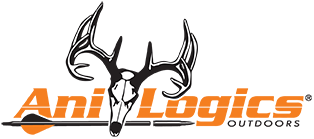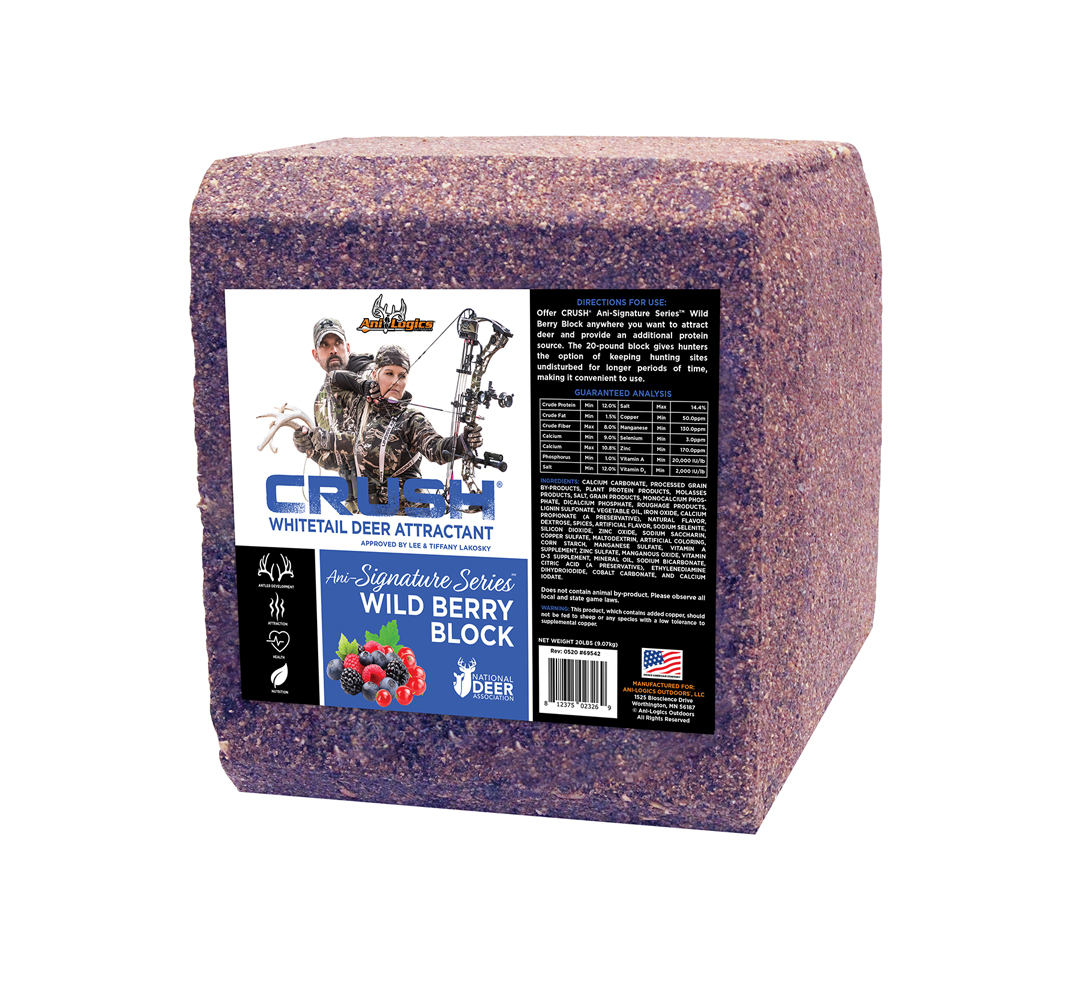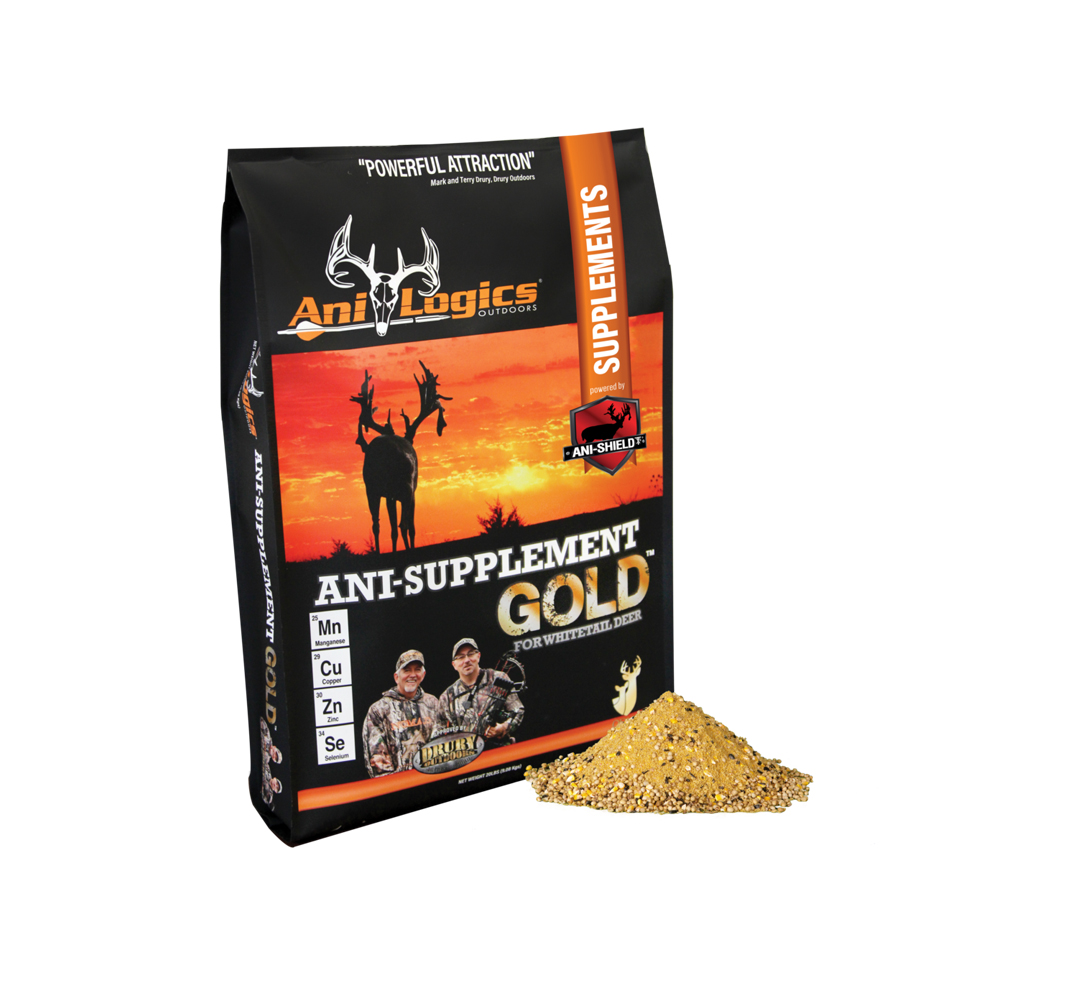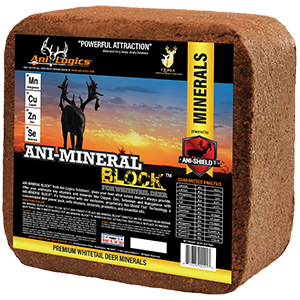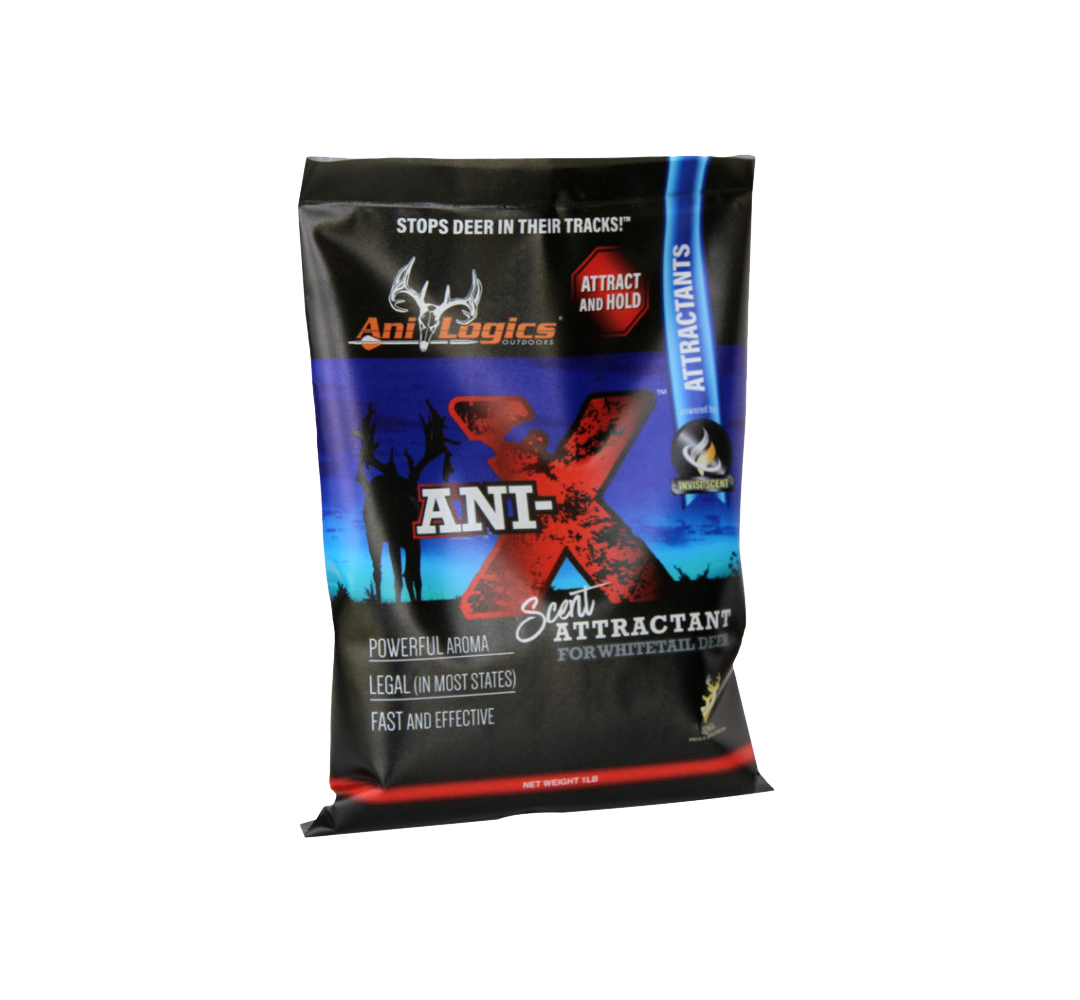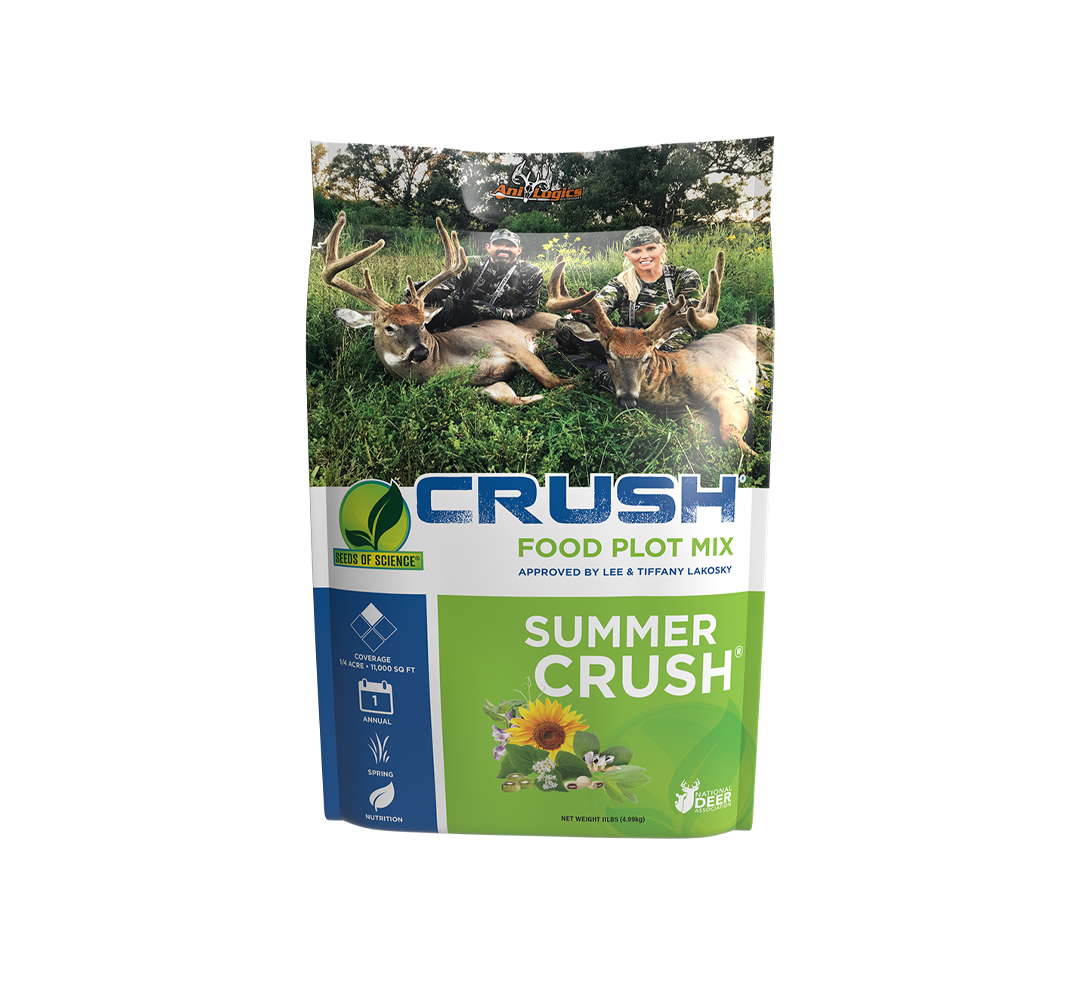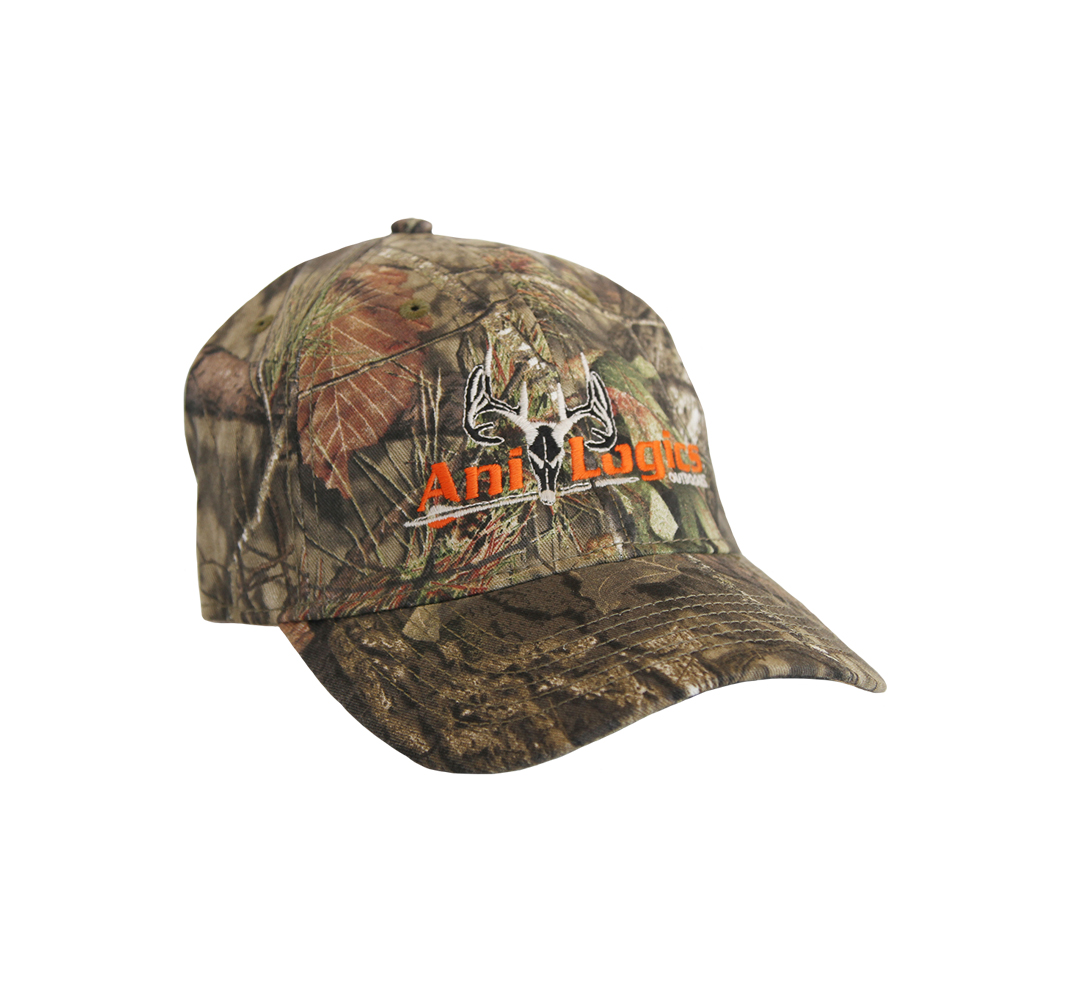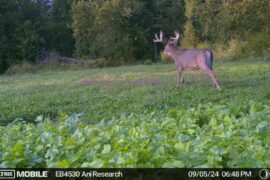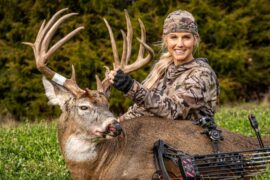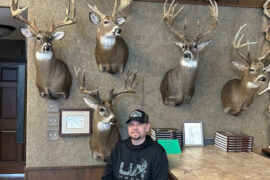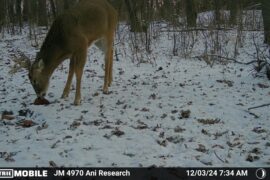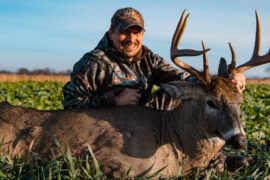Go Frost Yourself a Clover Field
It’s the time of year to get serious about planning for food plots, and a perennial plot like clover should be a serving on every plotter’s dinner plate. There are many ways to plant clover or its companion crops such as chicory or alfalfa, but frost seeding has become very popular due to how easy and inexpensive it is. The idea is to seed when daytime temps are above freezing, and nighttime temps are below freezing. Here is how to maximize the success of your frost seeding to have a lush green food source by the time hunting season rolls around.
This is a snapshot of Clover Plus Alfalfa that was frost seeded into a clean, well prepped seedbed:
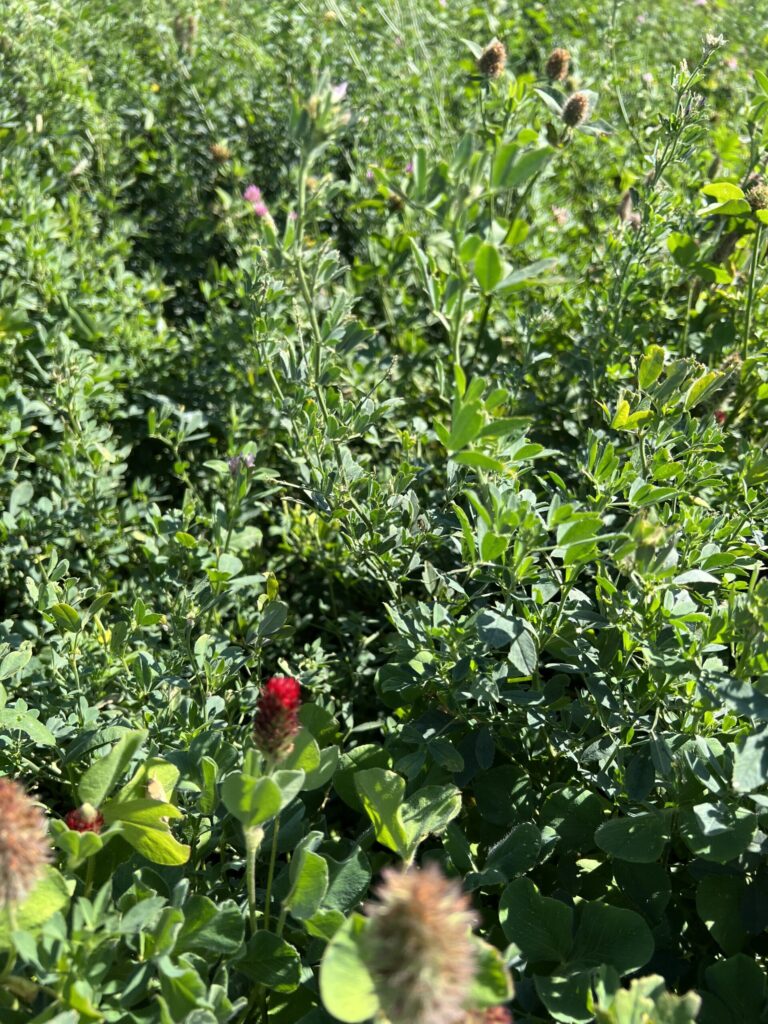
Timing the weather pattern for your area and having a seedbed prepped for frost seeding are the two most important factors to have successful germination in your plot. If you seed too early, you risk significant seed loss to birds/rodents. If you seed too late you risk missing the freeze thaw cycle that helps incorporate the seed into the topsoil, and your germination rate will decline due to lack of moisture. I take two forecasts into account when I am frost seeding: 1. the average last frost date for my area and 2. the 2-week forecast. I use the Almanac for average last frost date which can be found here. They use data collected by the National Oceanic and Atmospheric Association over many years to calculate the average.
The goal is to hit the last of the freeze thaw cycle so that your seed isn’t exposed for too long. For me here in Minnesota that ends up usually in mid-April, but for those in the south you could reach that point in mid-February. Try to target at least a 3-day freeze-thaw cycle if you can. I like to spread seeds in the morning when the ground is still frozen. If you wait until the afternoon, you might find yourself with 10-pound boots caked with mud (along with seeds you didn’t want to carry around). For the seeding rate, I usually go slightly above the recommended rate by roughly 20%. If seeding Pro Clover or Clover Plus Chicory, I would plant 10 lbs/acre, and if seeding Clover Plus Alfalfa, plant 12 lbs/acre. If you have a larger area to plant, using an ATV mounted broadcast spreader is a good way of saving time and energy.
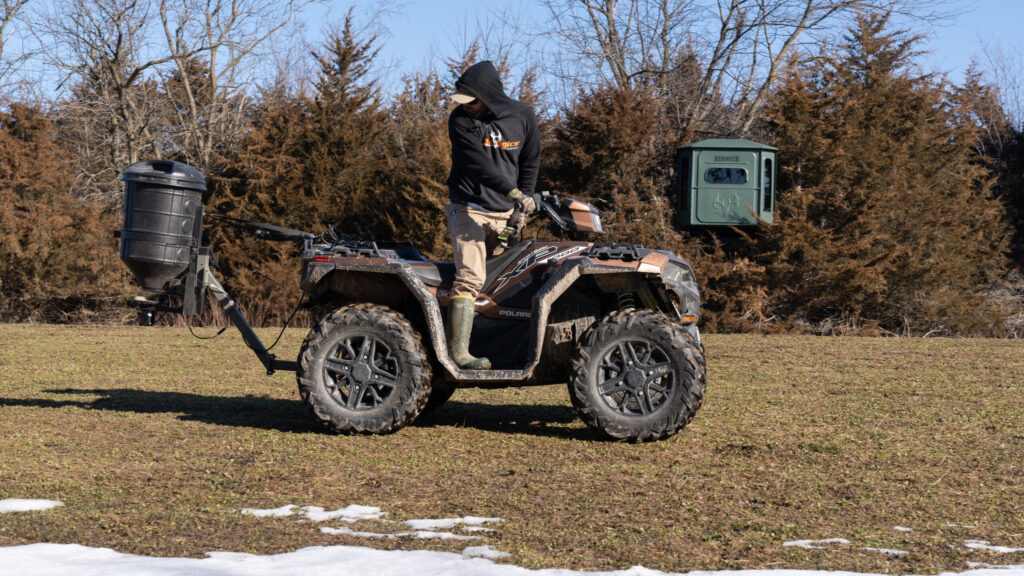
The next consideration for frost seeding is that your seed is landing on dirt instead of leaves or other plant debris/thatch. If this plot is in the interior of woods, using a leaf blower can be a great way to expose more soil to get better seed to soil contact. If you want to seed into a field that isn’t well prepped, I suggest holding off on planting until you can address the debris present. If you are fighting a well-established grass thatch, it would be easier to wait until spring green up, spray the fresh growing grass with glyphosate, then plant into more of a weed-free field.
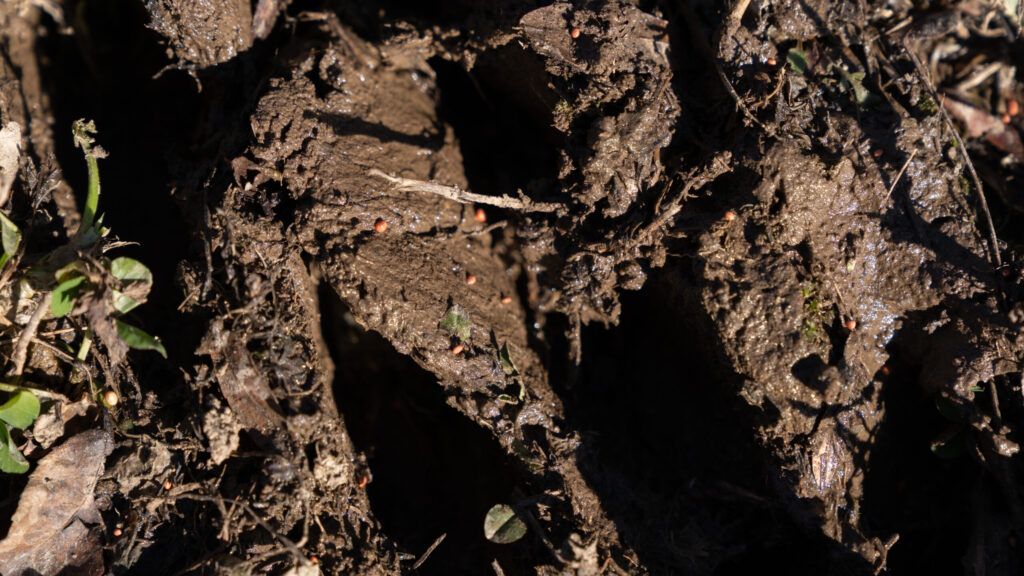
If you are overseeding an already established plot, adjust your seeding rate to match the level of coverage already present. In areas of the field that are very thin, plant more seeds and areas that are well established use less seed. With a hand broadcast spreader, keeping a close eye on your gate opening and changing your walking pace will impact seeding rate. I suggest using an app that tracks your path so you aren’t missing any areas of the plot. Timing your seeding when there is light snow cover on the ground really helps you know where you have already seeded without having to look at a screen. If you have any questions about food plots, feel free to reach out to us. Also, we have updated our Seed Selection Guide if you want to take a quiz to find what blend is right for you. Happy plotting, everyone!!
Your Cart
Categories
- Attractants 26
- CWD 1
- Deer Management 63
- EHD 3
- Food Plots 19
- Hunting 85
- Land Management 19
- Minerals 29
- Shed Hunting 4
- Supplements 37
- Turkey Hunting 7
Browse Tags
Products
-
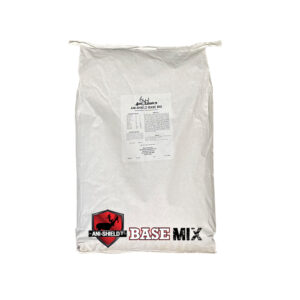 Ani-Shield Base Mix
$59.99
Ani-Shield Base Mix
$59.99 -
-
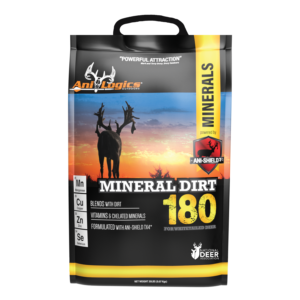 Mineral Dirt 180 - 20lb
$34.99
Mineral Dirt 180 - 20lb
$34.99 -
-
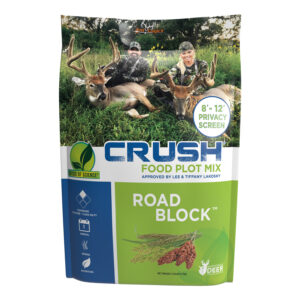 CRUSH Road Block
$29.99
CRUSH Road Block
$29.99 -
-
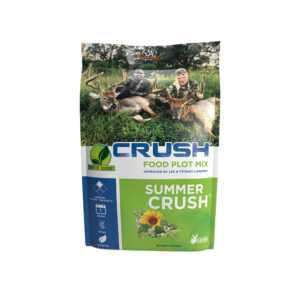 Summer CRUSH
$39.99 – $129.99
Summer CRUSH
$39.99 – $129.99 -
